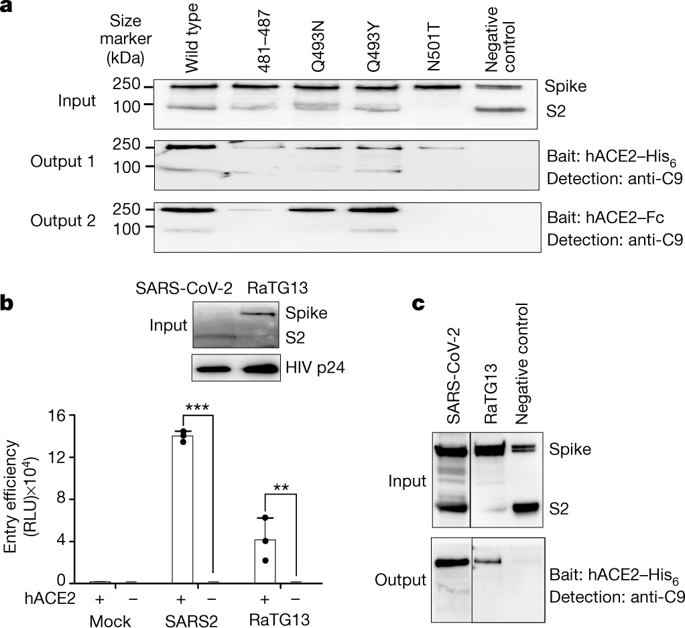According to a new study, the protein used by coronaviruses to attach to human cells has a compressed “ridge”, which allows it to attach to human cells more firmly than similar viruses, allowing it to infect better and spread faster.
According to a previous field scientific report, the new coronavirus, SARS-CoV-2, attaches to human cells through something called a “spike protein”. When the spike protein binds to a human cell receptor (a protein on the cell surface that acts as a gate into the cell), the viral membrane fuses with the human cell membrane to allow the viral genome to enter the human cell.
All coronaviruses are attached to human cells by spike proteins, but different coronaviruses have different structures of spike proteins. In February, a team of researchers at the University of Texas at Austin and the National Institutes of Health mapped the molecular structure of this novel coronavirus spike protein.
Now, another group of researchers uses x-rays to further explore the spike proteins of coronaviruses and the human cell receptors they bind to. Their goal was to understand why the spike protein of this coronavirus was so good at infecting cells compared with SARS-CoV, another similar coronavirus that led to the SARS outbreak in 2003.

Both SARS-CoV and SARS-CoV-2 bind to the same human receptor, ACE2. According to a statement from the University of Minnesota, they found that some genetic mutations cause the spike protein of SARS-CoV-2 to form a tighter molecular “ridge” than SARS-CoV.
According to this statement, this more compact structure, along with several other small differences, allows SARS-CoV-2 to attach to the human ACE2 receptor, thereby allowing it to better infect cells and thus spread faster than SARS coronavirus.
Fang Li, a professor in the Department of Veterinary and Biomedical Sciences at the University of Minnesota, said: “Overall, by learning the structural characteristics of the most important viral proteins and establishing contact with human cells, we can design drugs to prevent their activities—such as interfering with their radar.”
By studying the properties of this virus and how it attaches to cells, researchers have also gained some insights into how the virus is transmitted from animals to humans.
They found that bat coronaviruses could also bind to the ACE2 receptor, but with poor results. According to the statement, some mutations may have increased the ability of bat viruses to attach to human receptors, thereby allowing the virus to jump to humans. The researchers also analyzed the structure of pangolin spike proteins, which according to reports may be an intermediate host between bats and humans.
They found that one of the pangolin coronaviruses may bind to human receptors, supporting the idea that pangolin is an intermediate host of the virus. But they write in their study that this hypothesis “needs to be verified experimentally”.
Reference
- Here’s why the new coronavirus is so good at infecting human cells
- Shang,, Ye, G., Shi, K. et al. Structural basis of receptor recognition by SARS-CoV-2. Nature (2020). https://doi.org/10.1038/s41586-020-2179-y